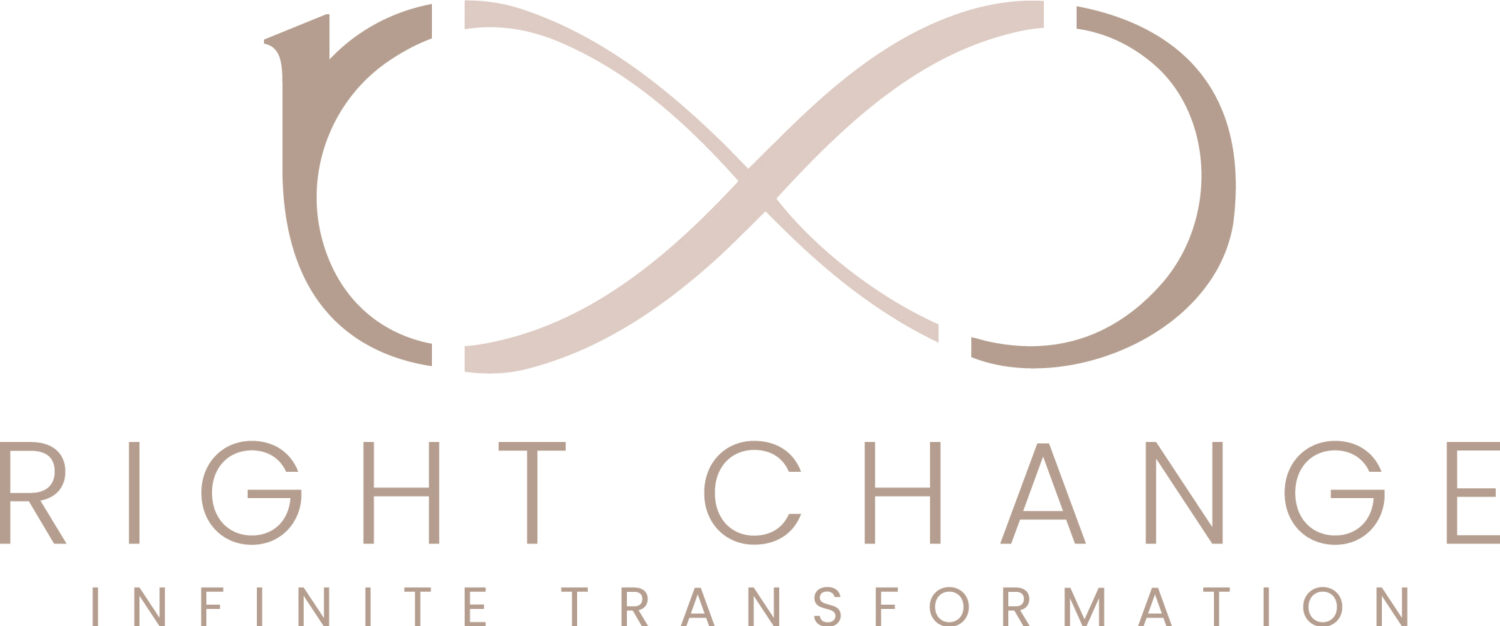Make the Right Change
Agility transformation in todays rapidly changing world.
Companies worked for and working with;


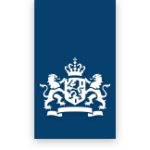


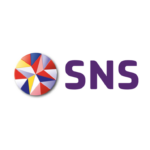
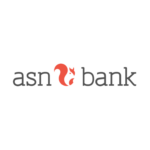
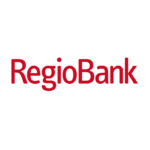

3 steps to a plan;
1. Observe
First step is to observe in Japanese: Genchi Genbutsu (現地現物) literally translates to “real location, real thing”.
Genchi Genbutsu is a key principle of the Toyota Production System. This system is a major precursor of the more generic “Lean manufacturing”.
Lean manufacturing focusses on maximising value with a minimum of waste and continuous improvement.
Genchi Genbutsu suggests that in order to truly understand a situation one needs to observe what is happening at the site where work actually takes place.
How does this work?
Analysing the data at hand will determine the best place and area to start. Interviews, surveys and observation techniques will tell us what is actually happening.
Next step; REFLECT
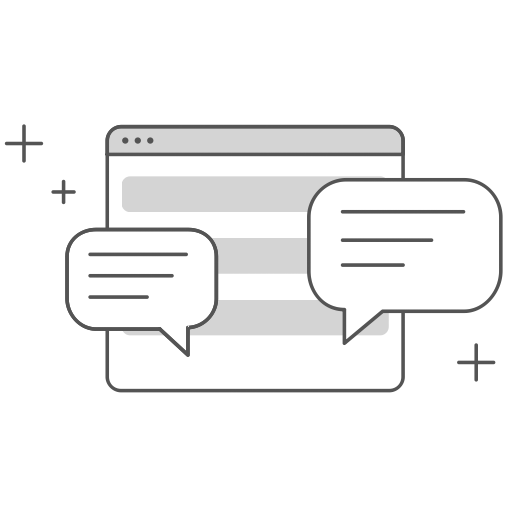
2. Reflect
Next step is to reflect where the pain points in your organisation are and what their root cause is.
Reflect gives you a clear report with problem statements and root cause analysis.
Problems are like weeds. If you don’t pull them out by the root, they grow right back. To insure problems are tackled at their root, several techniques are used;
- Fishbone Diagram
- Can help in brainstorming to identify possible causes of a problem and in sorting ideas into useful categories. A fishbone diagram is a visual way to look at cause and effect.
- Is/Is Not Analysis.
- This tool is intended to be used when you are having trouble identifying the source of a problem. This method involves asking where the problem is occurring, as a potential clue to the reason for the problem. The reverse approach is also used to help identify the cause. You can ask where the problem is not occurring. This approach may also lead you to possible solutions to your problem.
- 5 why analysis
- Five whys (or 5 whys) is an iterative technique used to explore the cause-and-effect relationships underlying a particular problem. The primary goal of the technique is to determine the root cause of a defect or problem by repeating the question “Why?”. Each answer forms the basis of the next question.
The following 6 area’s are observed and reflected upon;
- Time to market
- Return on investment
- Risk
- Innovation
- Customer satisfaction
- Employee engagement
Does this step seem trivial to you?
To successfully change your organisation to be Agile and to sustain it. It is essential to understand what your companies pain points and their root causes are. Then you can make the RIGHT CHANGE.
During the transformation and after you will infinitely loop in these steps; Observe, Reflect, Make. It is the basis of continues improvement. In order to succeed continues improvement needs to be part of your company’s culture and DNA. Where DNA is your strategy, mission, vision, processes, procedures and way of working.
3. Make
The next step is to make your transformation plan. It’s kind of like baking. While recipes are a great way to start. You need to fine tune them to your taste. Let me explain as we are surely not baking here.
There are several techniques that adres faster time to market, an earlier ROI, reduced risk, an increase of innovation, higher customer satisfaction and engaged happy employees.
The trick is to apply and shape those techniques to adres your specific pain points and root causes.
Step 3. Make builds on step 1. Observe & 2. Reflect. Make is an initial transformation plan. It clearly states which techniques to implement referring back to your company’s pain points and their root causes.

What is the gain?

Time to market
Wil decrease when you implement; a rhythmic working method; Short complete cycles no longer than a month with a working product with the most valuable features as a done deliverable at the end of the cycle.

Risk
Using shorter cycles rather than working on a deliverable for a quarter or more, will incrementally reduce the risk compared to traditional project management where most of the risk is mitigated near the end of the project.

Customer satisfaction
An agile transformation brings closer collaboration & contact with your customers. Giving them the added value they need faster, with the capability to change direction more rapidly. Leaving your customer with the feeling they are listend to and cared for.

Employee engagement
Will increase when you create a workspace where; people feel part of the team & organisation. Where there is understanding why one’s work matters. With a sense of accomplishment in the work that is done. With the presence of energy, enthusiasm and excitement. Arising pleasant feelings in and around work.

Innovation
Will increase when you encourage a culture that does not accept the status quo. The more ideas you empower your people to generate, the more innovative your company will be.

Return on investment
Value is created more quickly, with less risks, higher customer satisfaction, engaged happy employees who produce valuable innovations. The perfect ingredients for an earlier ROI.
services
RIGHT CHANGE provide companies with help to find and implement the the right changes to be more Agile in todays rapidly changing world. With an anthropological view using design- & system- thinking, agile and lean methods helping you transform to a flexible organisation and embed the new way of working into your company’s culture, processes and procedures. Wether you need an Agile, Lean Six Sigma, Obeya or Organisation coach to help you implement your already defined transformation roadmap or you need a tailored solution for your Agile adoption. RIGHT CHANGE is here to help you!
Image Source: WOCinTechChat, Icon Finder
